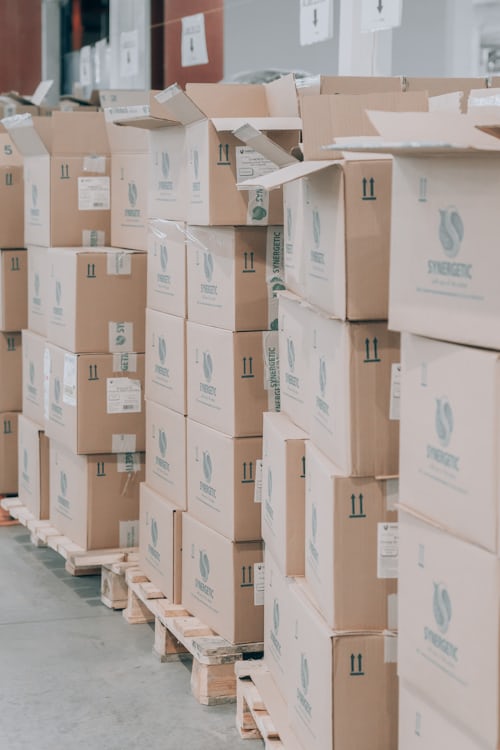A shipping company such as the best shipping company in Labuan, in its most basic form, is one that enables the exchange of goods from its manufacturing location to its final destination. However, much happens in between but there is much more than meets the eye. Full-service shipping companies that are professional and experienced wear many hats. These bridge the gaps and serve as the glue that holds the supply chain together. Third-party logistics (3PL) systems typically connect raw material suppliers to manufacturers or manufacturers to their wholesaler consumers.
Shipping services

Shipping is divided into four groups or modes, though intermodal shipments are popular. Each of these methods should be familiar to full-service shipping companies. These are some examples:
Road: Road transport is common within national boundaries and can carry full or mixed loads.
Rail: Rail is a common domestic shipping option, especially for large volumes, and the shipping company can organise for both rail transport and delivery service to the destination.
Ocean Freight: Typically used for international shipments, ocean freight is typically delivered in full containers. Depending on the destination and import customs delays, transit time can range from a week to several weeks. Customs clearance, duties, and local delivery are all handled by worldwide shipping companies or freight forwarders.
Air Shipments: For shipments that require a short transit time, the shipping company will arrange for airfreight from the reception location to the destination.
Digital warehousing

Today’s warehouses rely on computerised management systems to monitor inbound inventory, choose slotting locations, preserve FIFO control, recognise picking sites, and stage goods for loading. For real-time recording, each phase relies on e-management systems, electronic logging devices, and scanners. Knowing where each item ensures that nothing will be lost or damaged, and that goods are repositioned as needed.
An efficient Warehouse Management System is wifi-enabled for quick access, offers real-time data, enables in-house packing or kitting per customer requirements, and provides compliance labelling at the right time.
Inbound process
Inbound stocks must be handled efficiently and precisely. Errors in recording newly arrived products cause issues throughout the warehouse. Companies like BR Williams use cutting-edge Warehouse Management Systems (WMS) to reduce the possibility of receiving errors.
Lot numbers, production dates, expiry dates, model numbers, purchase order tracking, guidelines for “cross-dock” reloading, and back orders should all be included on accurate inbound receipts. To make the receiving process easier, a pre-delivery notification can be sent ahead of time, reducing the amount of manual intervention required upon arrival.
Outbound process

Whether the customer places orders or a “push” system is in place where products are automatically shipped based on forecasts or prearranged agreements, stock must be collected and relocated to a staging area for loading. Picking strategies differ depending on the company and the type of product. Many businesses have incorporated recovery systems that automatically transport crates from their assigned slots to the staging area via a network of conveyors.
In other cases, picking is done by hand, often using various strategies for differing products in the same warehouse. For example, products are sometimes picked by order. Selecting by batch or area may be appropriate in other cases.



